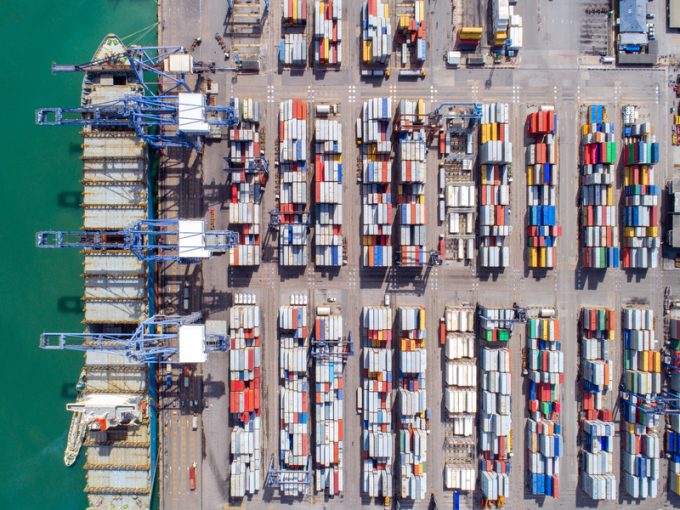DVZ radar: DHL Express awaits the next e-commerce star
It is all about networking

The increasing data link-up between shippers and ports was in evidence last week when an Alibaba-led group, developing common standards for supply chain visibility, on the eve of its first anniversary released Enabling Logistics Visibility by Interconnecting Logistics Information Service Systems in a Standardised Way.
Meanwhile, North American operator Global Container Terminals (GCT) announced it had joined blockchain consortium Tradelens.
The Logistics Visibility Task Force was set up by Chinese e-commerce giant Alibabawith its in-house logistics operator Cainiao Network, China’s National Logistics Information ...
Keep our news independent, by supporting The Loadstar
Spot rates on transpacific surge after news of tariff time-out
Shippers should check out the 'small print' in China-US tariff cuts
'Cargo collision' expected as transpacific capacity tightens and rates rise
Houthis declare blockade of port of Haifa – 'vessels calling will be targets'
European port congestion now at five-to-six days, and getting worse
Another CMA CGM vessel heading for Suez Canal – 'to mitigate schedule delay'
News in Brief Podcast | Week 20 | 90-day countdown, India and Pakistan
Threat to airport operations as India revokes security clearance for handler Çelebi
South America will benefit as air cargo traffic diverts from the transpacific
CMA CGM will carry on investing after 'solid' Q1, despite unclear outlook
Air cargo forwarders stick to spot rates – a long-term contract would be 'foolish'

Comment on this article